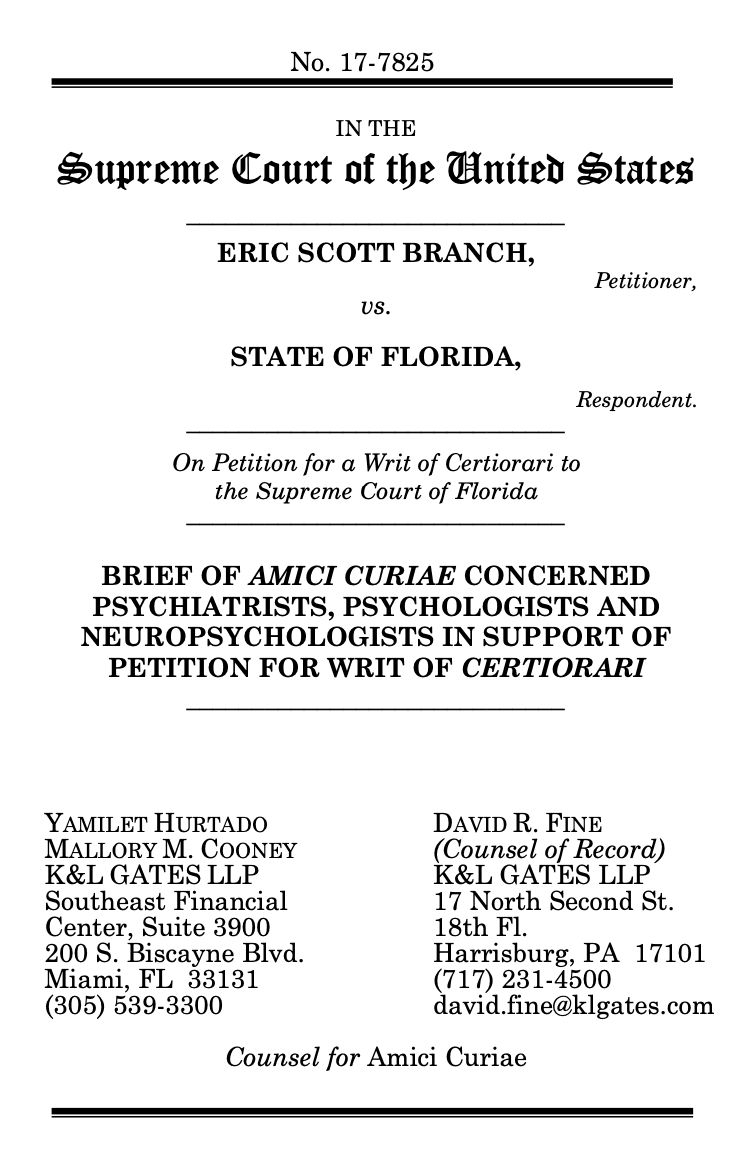
Summary of Argument
What was once surmised is now a matter of scientific consensus: the development of the human brain in critical ways is not complete in the teenage years but continues into the mid-twenties. Although medical and psychological researchers have previously theorized about the length of time it takes for the brain to fully form, previous research was postulatory in nature. The psychological and neuropsychological communities have, in just the most recent two or three years, reached more detailed and certain conclusions about the behavioral effects of continuing brain development in the late adolescent and young adulthood years.
Additionally, we are now aware that childhood and adolescent exposure to repetitive trauma; physical, emotional or sexual abuse; neglect and alcohol or other substance abuse creates further delays in brain development. Again, these are conclusions that some scientists have believed to be true in the past, or that have been supportable through “common sense” or anecdote, but that have not been consistently, empirically demonstrable until recently.
Tenets of medicine, psychology, and science are not rooted in conjecture—no matter how sensible. Rigorous study, objective testing, refinement of theories, and peer review are all necessary to transition from hypotheses to establish a consensus. This process is gradual, and it necessarily draws and builds upon previously known information. What was surmised at the time of this Court’s decision in Roper v. Simmons, 543 U.S. 551 (2005), can now be stated as fact: an individual in his young twenties who has experienced lifelong trauma, been subjected to extensive abuse and neglect, and engaged in substance abuse is likely to bear many of the same cognitive and emotional characteristics as the juveniles at issue in Roper.
The undersigned join as amici in this case because it appears that the state courts tasked with reviewing the constitutionality of Eric Branch’s death sentence fundamentally misunderstood (or ignored) the new science underlying Mr. Branch’s claim and accordingly denied him a crucial, individualized hearing.
Amici urge the Court to stay Mr. Branch’s scheduled execution, grant his petition for a writ of certiorari, and then use his case as a vehicle to determine that the Eighth Amendment requires individualized attention to a defendant’s age in combination with other cognitive-developmental vulnerabilities he might be able to prove with respect to whether the Eighth Amendment renders him ineligible for the death penalty.